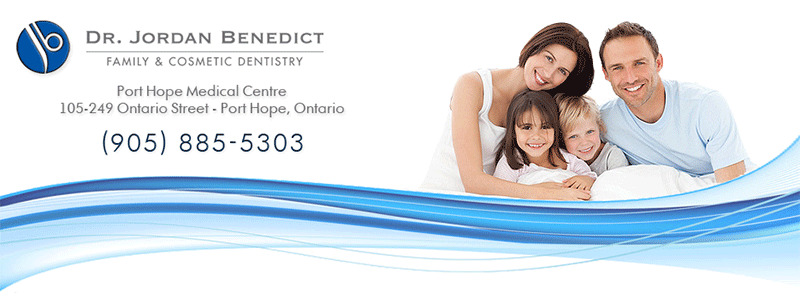Choosing the Right Toothbrush
If you go to any super market or drugstore, you will probably find entire shelves filled with different types of products that can be used to improve your oral health care, from mouthwash to toothpaste, all with their own unique benefits. However, the key to good oral health care all begins with a quality toothbrush suitable to your specific needs.
Long stems, thick handles, hard bristles, round edges... where to start? With so many options, how do you know which option is right for you?
Soft/Rounded Bristles
Look for soft bristles - they are easier on your gums and help you avoid brushing aggressively. Hard bristles and hard brushing can make your gums recede and damage the roots of your teeth, which can lead to more serious issues like periodontal disease.
Small Head
The head of the brush (where you place the toothpaste) should be small so you can maneuver it in tight places and into the back of your mouth. A 1/2 inch wide head is a good size.
Tongue Cleaner
While brushing, many people focus on their teeth and neglect brushing their tongue. Many brushes come with a tongue cleaner on the back of the head, which you can use to remove any bacterial buildup on your tongue. Forgetting to brush your tongue can lead to bad breath or even halitosis, so make sure to add this to your routine.
Handle
Pick what feels best in your hand. It should also be long enough that you can reach the back of your mouth and other nooks and crannies. Other options available are non-slip grip, flexible, or angled handles; all of which are your personal preference. A larger non-slip handle may be benefitial if you suffer from arthritis. Flexible handles move with the contour of your mouth and decrease aggressive brushing. Angled handles can increase access to difficult to reach parts.
Manual or Electric?
If you suffer from arthritis or other mobility ailments, an electric toothbrush can assist you with the necessary motion for brushing, which otherwise might be too difficult. Although it is more expensive, an electric toothbrush can be more effective at removing plaque, especially for those with orthodontic appliances such as braces (Source). It can also come with neat features like timers to make sure you brush for the full recommended 2 minutes.
We recommend our
patients to change their toothbrush everytime the season changes, which is every 3 to 4 months! If you have recently gotten an infection or sickness, we recommend changing your toothbrush after you've recovered as well. For more tips on caring for your dental health, visit Port Hope Dental today!
|

